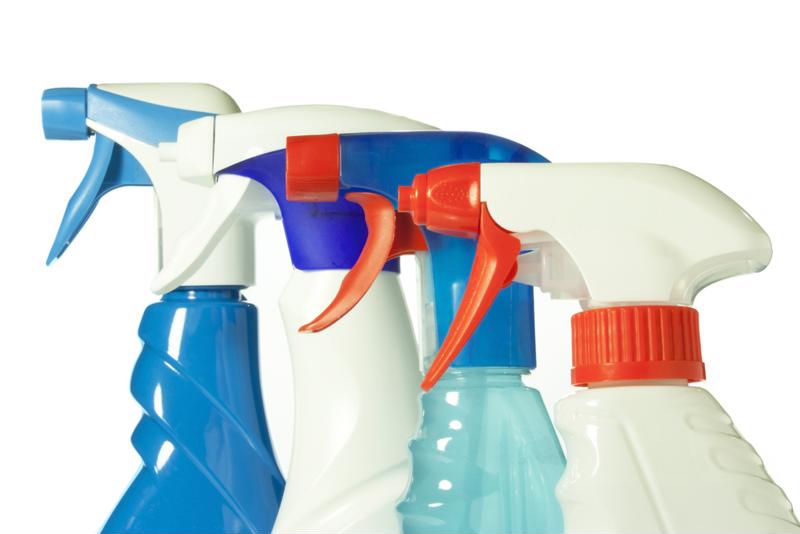In just about any work setting these days, the health and safety of workers are in sharper focus than ever. While you may be doing plenty to provide protective personal gear for your employees and making sure they're following all reasonable protocols to maintain social distancing, you also need to make sure your cleaning efforts have gone above and beyond normal standards.
The following principles should guide your supply chain firm's cleaning decisions for the foreseeable future, to ensure worker protections are as strong as possible:
1) Make sure there's a schedule
While you no doubt have a relatively set schedule for cleaning already, you need to bolster those efforts to make sure potential contamination is handled quickly and expertly, according to the Centers for Disease Control and Prevention. Something as simple as doubling the number of cleanings your facility gets in a given week will help ensure everyone under your roof is safer, and all involved should be advised about the new plans.

2) Use a different approach for various surfaces
There is no one-size-fits-all method to clean everything in your warehouse or other industrial facilities, so you need to tailor your cleaning methods to your exact facility, the CDC noted. For instance, if you have high-touch surfaces that are made from fabric, they should be cleaned in a completely different way than you clean your heavy-duty shelving and other hard surfaces.
3) Don't just spray disinfectant
Many supply chain managers may feel they have to balance the twin considerations of making sure their companies can keep functioning as normal while also getting deep cleaned, but that might not cut it, according to Envirox. As such, they should aim to prioritize cleaning specifically, with at least one scrubbing with soap and water before spraying a disinfectant onto a surface. The initial scrub will help ensure the spray gets through to a deeper layer of the surface.
4) Make sure you're buying the right cleaners
Along similar lines, you may want to think about what kinds of cleaning products you have on hand, and whether they're enough to get the job done effectively, Envirox added. A little more research may help you identify more effective products than those you currently use, and making the switch at this time is a good idea.
5) Combine cleaning methods
There may be a number of ways you can clean various parts of your facility, from using machines to doing everything by hand, according to the International Association for Food Protection. However, if you're only using machines or only working manually, you're probably not giving all your surfaces as much attention as they need, and you would be wise to stagger your approach instead.
6) Inspect after cleaning
Finally, once all cleaning has been completed for a single sweep of your facility, it's important to look over everything to ensure nothing slipped through the cracks, the IAFP noted. In most cases, a cursory inspection will be plenty to ensure your cleaning crew didn't miss anything, but that extra layer of scrutiny can help avoid a potential misstep.



Post A Comment:
0 comments so far,add yours